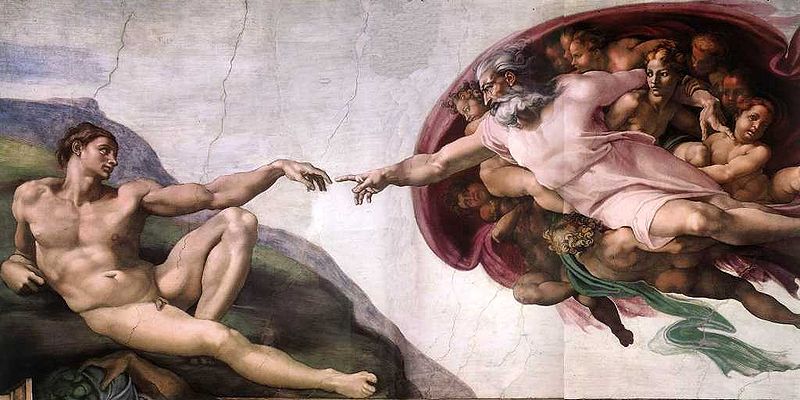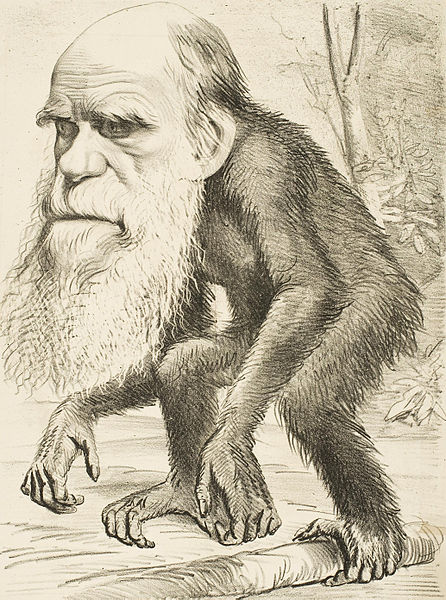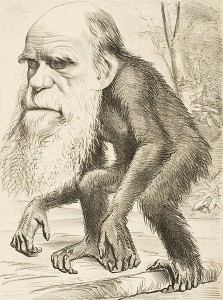I would like to say that the talk presented a range of evidence for intelligent design and carefully countered the usual arguments against it. I would like to say this, but I can’t. The talk, which lasted over one hour, spent much of the time quoting non-scientists and misquoting scientists, painting ID proponents as martyrs to the cause and science as tautologically incapable of addressing questions of design. The religious beliefs of ID proponents were constantly referred to, despite supposedly being completely irrelevant, which was an indication that this was, after all, a religious proposition not a scientific one.
It would be easy to question the credentials of Dr Alistair Noble (PhD in chemistry) and ask how someone who has been outside of scientific academia longer than I have been alive can claim to have found fundamental flaws that no working biologist has been able to find, but I won’t. Instead, I have tried to focus on the claims of Dr Noble and see if they can be answered (see my last blog post).
There is much more that I could have said. The case for evolution is so strong that I could go on for hours about the evidence from multiple disciplines that support it. It seems that the same cannot be said for intelligent design. Dr Noble spent about 15 minutes of his (more than) one hour talk providing evidence which can be easily refuted by anyone who has even a basic understanding of evolutionary theory. His ‘evidence’ ultimately boiled down to an Argument from Incredulity with a side helping of the Argument from Authority.
I was disappointed by the lack of scientific rigor Dr Noble exhibited. Not one journal article was presented, not a single claim that hasn’t been refuted multiple times before. I had hoped for an intellectually stimulating talk that would force me to question my understanding of evolutionary theory but instead I was confronted with the same, tired claims that have been presented by ID proponents for years now. It is a shame that Dr Noble could not have used his clearly considerable intellect to study the actual science and see that evolutionary theory is not a threat to his faith but is an amazingly simple yet profound explanation into how the diversity of life arose.
Author
Sarah Hearne: hearnes[at]tcd.ie
Photo credit
wikimedia commons






